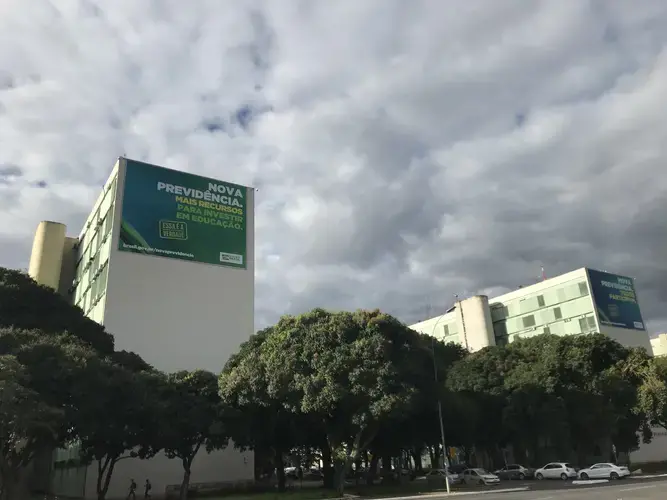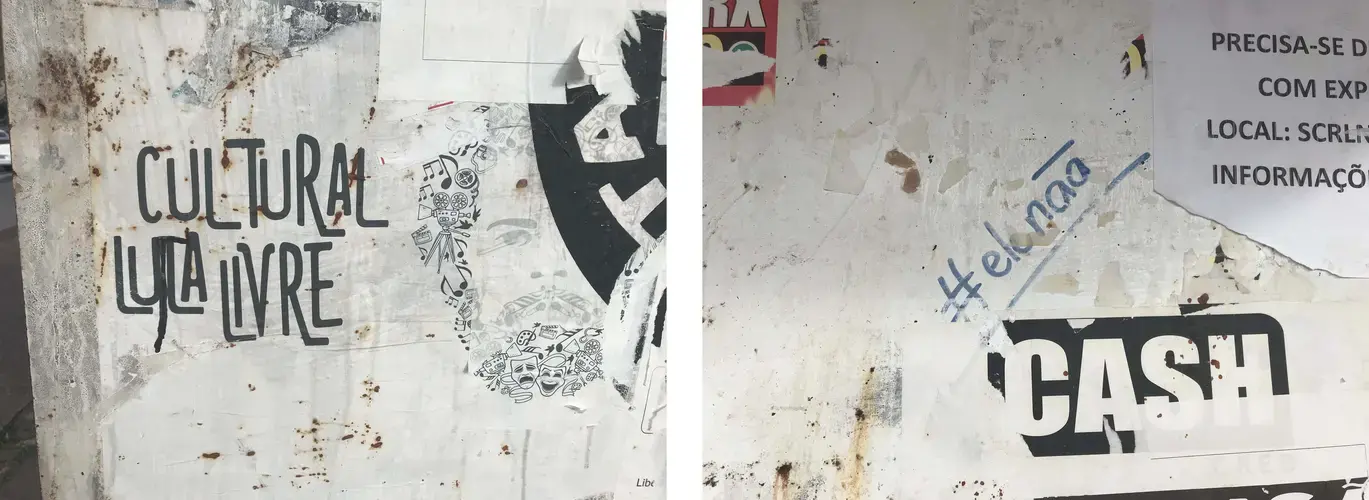
June 27, 2019
I have been to Brasília a couple of times before arriving in the city this week to report on the ongoing Indigenous struggle to keep their land. Thus, it is safe to say that I was hardly expecting to see something out of the ordinary involving the city’s landscape. However, as the car drove me down the avenue leaving the airport toward the heart of the city, I could not help but notice the uncommonly high number of green and yellow billboards and signs with overly patriotic and positive messages about Brazil sponsored by the government. For a country that traditionally does not boast its flag or colors excessively, unless the national men’s soccer team is playing in the world cup, the aggressive marketing strategy of President Jair Bolsonaro’s government instantly jumped out as something I have never seen before in Brasília or any other city in Brazil for that matter.

Given the political dichotomy that has split the country between Bolsonaro supporters and opposition since the 2018 elections, it makes sense to try to rally everyone around symbols of a shared identity, a strategy similar to the one Bolsonaro successfully used during his campaigning days. Yet, as I began walking around Brasília, another similar marketing approach embedded in symbolism was on full display at the Esplanada dos Ministérios, perhaps Brazil’s most famous square where the government’s ministries are located. At the top of each ministry building, was a huge sign listing the possible benefits of reforming Brazil’s social security system, a topic that has led to strikes nationwide in opposition to the government’s new proposed social security bill. In the near 60 years of the Brazil’s capital existence, the ministry buildings were never used as billboard spots by any previous government. Rather than an appeal to a shared national identity, the government’s marketing approach more resembled an attempt to sway the public opinion in favor of Bolsonaro’s political agenda.

In changing the landscape from the imponent government buildings to the more common public spaces like bus stops, local parks, and common streets, the message I see has a strikingly different tone than the one coloring our ministries. It is not hard to find graffiti with #NotHim and “Lula Livre” in full display on walls and bus stops across the city, the former reminiscing from the feminist movement in opposition to Bolsonaro’s presidential campaign and the latter against the prison of former President Lula, viewed by some as a political prison to prevent him from running against Bolsonaro.
On one side there are unforeseen levels of government propaganda painting a picture of a positive and promising Brazil, and on the other, citizens show their grievances over what Brazil might become. It feels like a different Brasília this time around, perhaps fitting to the political dissonance Brazil finds itself in.


